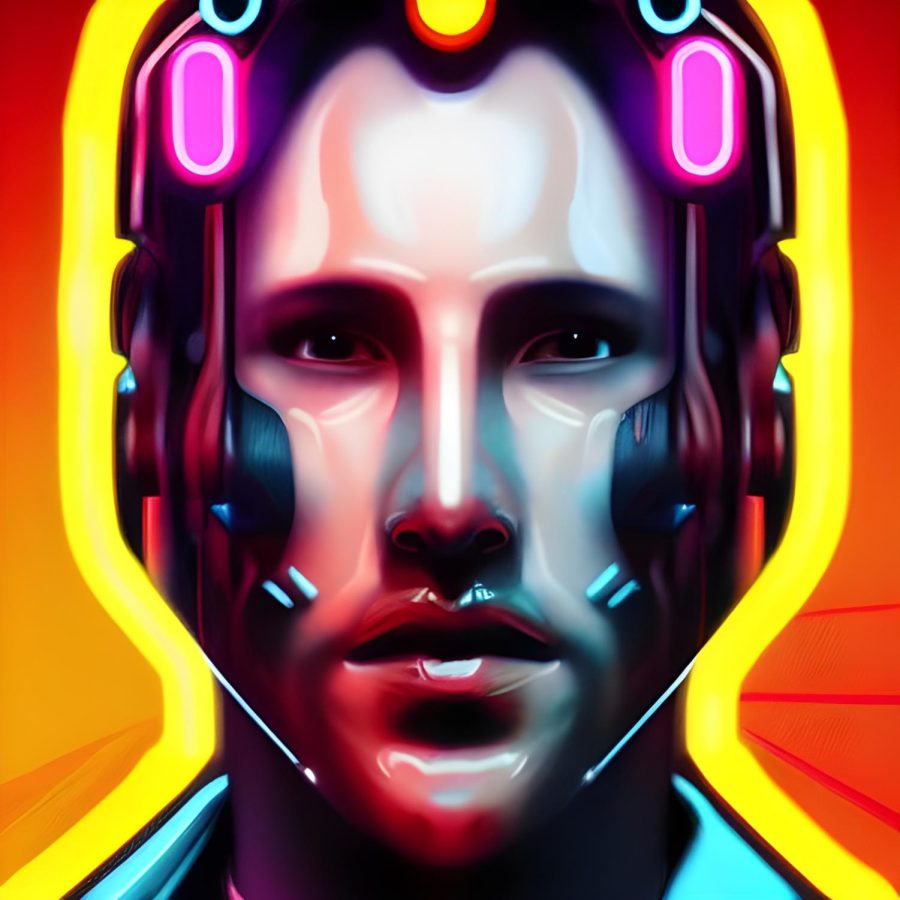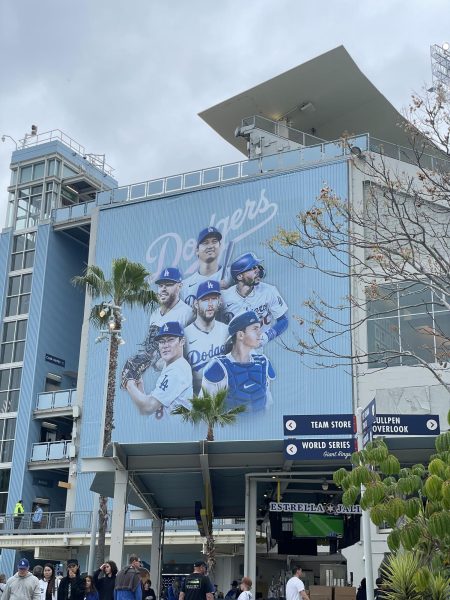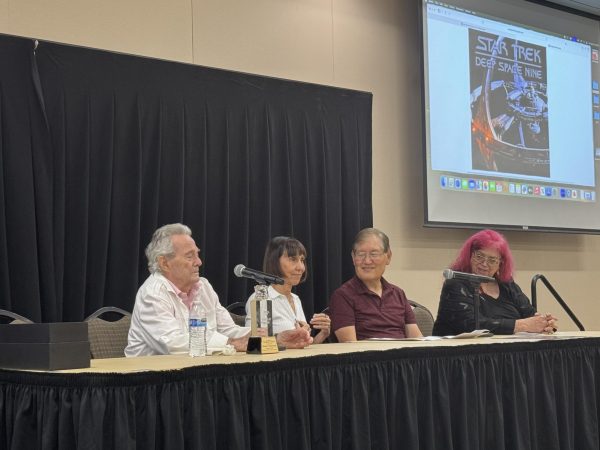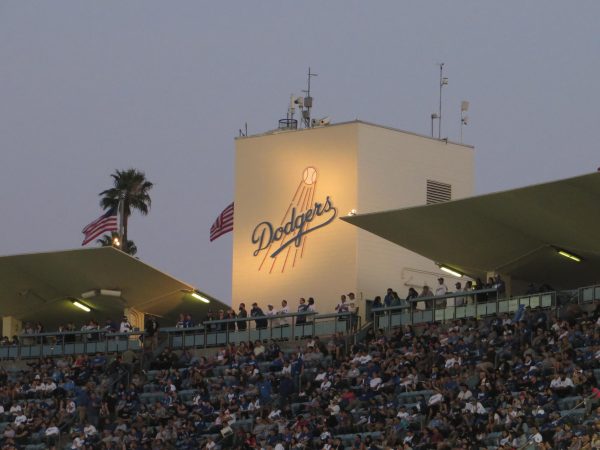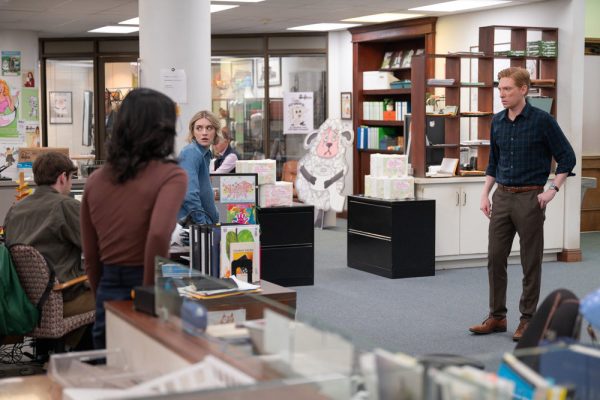What is AI art?
Xavier Zamora, a contributing photographer, entered the prompt: AI self portrait pop art into a AI app called Night Cafe Studio.
The topic of artificially generated art (AI art) has been making waves within the art industry. The debate on the topic grew when Jason M. Allen, submitted his work, “Théâtre D’opéra Spatial,” to the Colorado State Fair’s art competition and recently won.
The work was made using AI art. This caused outrage from artists, as they considered it cheating.
AI Art is art generated using artificial intelligence. Programs like Midjourney, Night Cafe, and DALL – E 2 are art generators that create art based on the prompts that have been given.
Jim Ovelmen, an animation professor at Cal State LA, has used AI art programs like Midjourney.
“Discord is used as the backbone of generating,” Ovelmen said. “It’s prompt-based. You describe something in a sentence, it goes to the bot, the bot sources the many many images it has, and it gives you a result. Sometimes in seconds, which you can refine.”
The generators use algorithms that analyze thousands of art pieces from different artists, in order to create unique works.
“Another thing that bothered me was that in some of the AI-generated stuff, you could actually see the signature,” said Ovelmen. “The fact you can see someone’s signature in the echochamber of all the thousands of images it’s creating means it was somehow sampled by some individual artist’s signature.”
The issue with how the algorithms take from thousands of artists’ works and how crediting comes into play is another part of the AI art debate.
“It’s kind of like a booklet of all these artists that showcase their arts, and then you start cutting those pieces out and just putting it on one collage,” said Felix Mach, a third-year animation major. “The machine has this huge collection of pieces from other artists, and it’s hard for you to credit those artists because it’s just from a library.”
Though AI art is affecting the art industry, many students who are art majors or hobbyists are unaware of what it is.
Alejandro Carmona, a second-year nursing major, has been doing art as a hobby since he was in sixth grade and had not heard about AI art until now.
“I think that innovation in art is pretty cool. I would probably be interested in using it, just to see how it works, but apart from that I’m not sure,” Carmona said. “I’d probably research more about it.”
While some are interested in trying it out for themselves, others think this is an opportunity for more people to create art.
“It feels like there are plenty of people who would want to do something in the art field, but they feel they aren’t good at it,” said Stephanie Herrera, a second-year animation major. “So in a way that would help as a sort of inspiration or like a basis.”
Is AI art a new form of art or a tool for artists to inspire new works?
“I mean you can certainly use it as part of your art, but for me I’d say it’s more like a tool in one of the steps in creating further art,” Mach said.
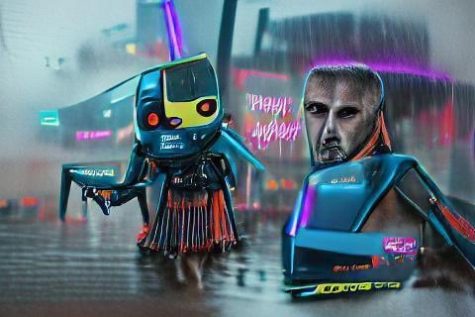
AI art has been around since the 1960s, according to the Computer History Museum website. It only recently started to gain more traction as programs become more intuitive and easier to use.
“There’s always protests where we say, ‘We want to draw a line and not have our handiwork being taken over by machines.’ This has gone on for centuries and something is always given over,” Ovelmen said. “Now we see the line being drawn between traditional art. What does it mean when so much is digital already? What is traditional art? What is AI art? That is going to be a new contentious division.”
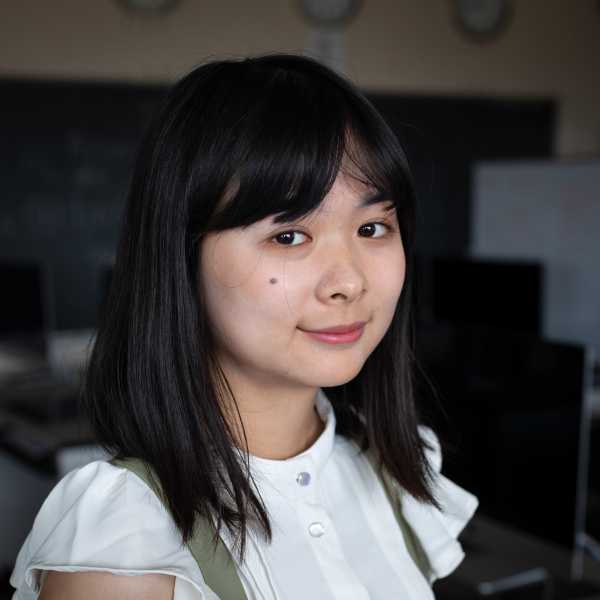
Anne To is the Editor in Chief of the UT and also the co-Station manager of the Golden Eagle Radio. She loves working on audio production with radio, podcasting,...
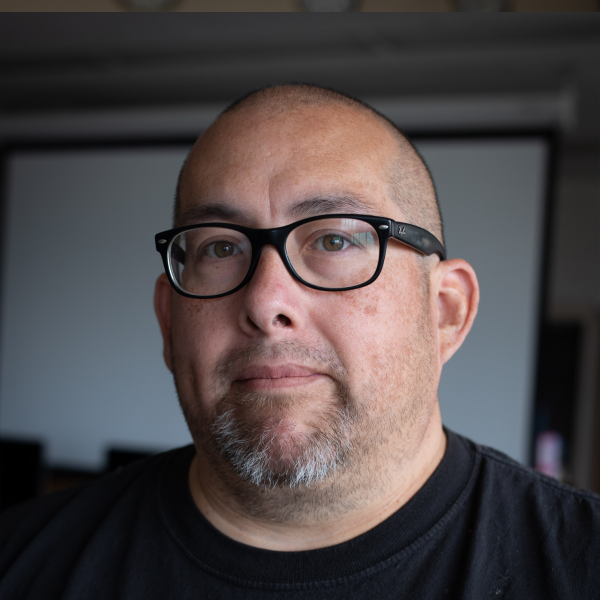
Xavier Zamora is a fourth-year TV, Film, & Media and Journalism double major. When he's not writing a bio for himself, he enjoys getting dark-humor...

